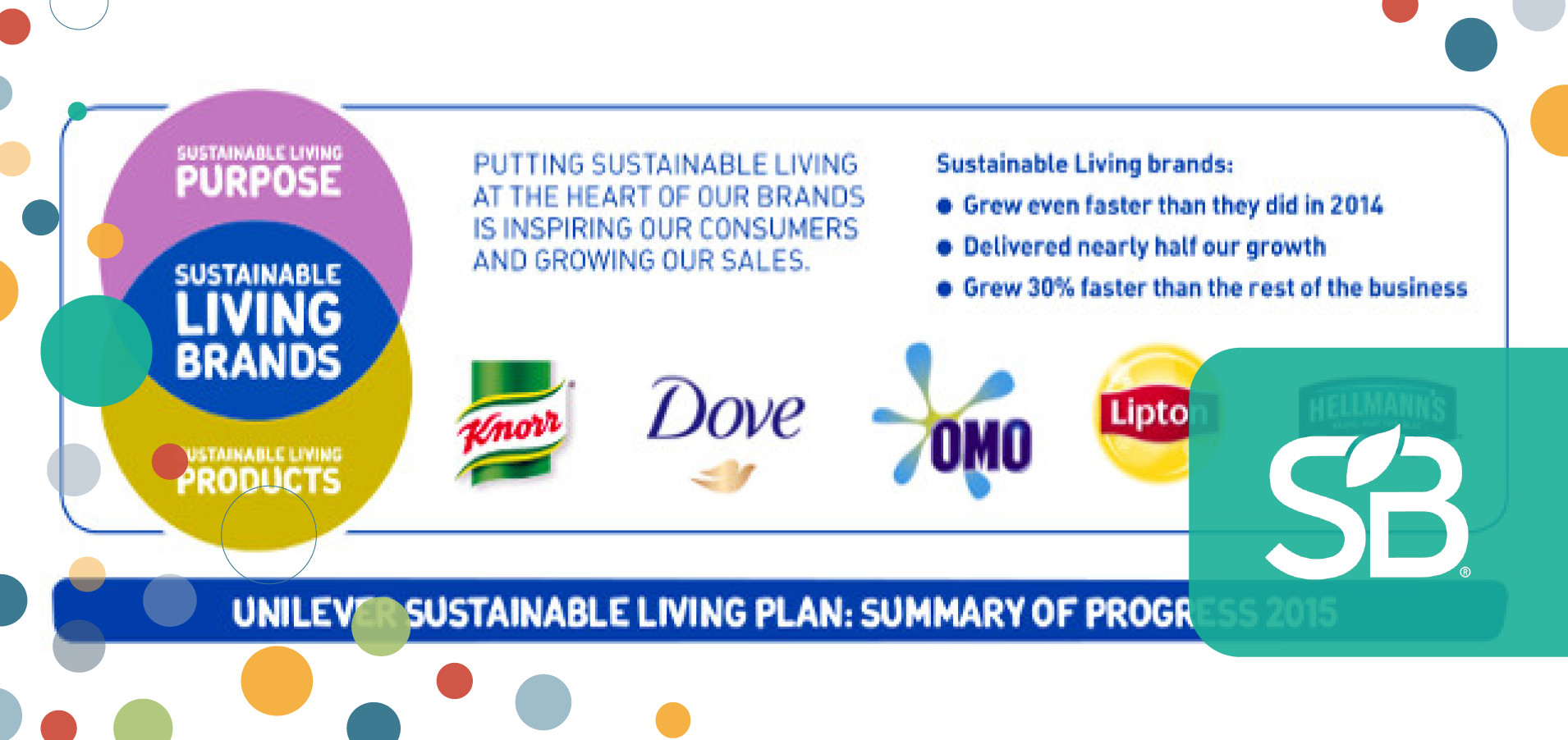Analyzing the Effect of Sustainability Messaging in Digital Campaigns among Eco-Friendly Brands
Meta Description: Explore how eco-friendly brands utilize sustainability messaging in their digital campaigns, analyzing consumer preferences and successful strategies to promote authenticity and avoid greenwashing.
Sustainability has taken center stage in today’s marketing landscape, with consumers increasingly concerned about the environmental impact of their purchasing decisions. In this blog post, we will analyze the effect of sustainability messaging in digital campaigns among eco-friendly brands, offering valuable insights for marketers, brand managers, consumers, and researchers alike. I am Leonora Müller, an SEO expert with over five years of experience in the field, helping brands optimize their digital strategies for better engagement and reach.
Definition and Importance of Sustainability Messaging
Sustainability messaging refers to the way brands communicate their commitment to environmental responsibility and sustainable practices. It is crucial for eco-friendly brands to showcase their sustainability efforts effectively, as consumers are more likely to support companies that align with their values. Research by Nielsen reveals that 81% of global consumers feel strongly that companies should help improve the environment. This statistic underscores the importance of transparent communication regarding sustainability.
Why Sustainability Messaging Matters
- Enhances Brand Image: Effectively conveying sustainability efforts helps brands build trust and credibility among consumers.
- Drives Consumer Loyalty: Consumers tend to stay loyal to brands that demonstrate genuine commitment to sustainability, resulting in repeat purchases.
- Encourages Responsible Consumption: By effectively educating consumers about sustainable practices, brands can promote mindful purchasing behavior.
Case Studies of Successful Brands
Patagonia: Leading by Example
Patagonia exemplifies effective sustainability messaging with its campaign “Don’t Buy This Jacket.” This powerful slogan encouraged consumers to think about their environmental impact before making purchases, fostering responsible consumption and even dissuading them from buying unnecessary items. This approach not only aligned with Patagonia’s mission of promoting sustainability but also resonated deeply with their audience, leading to increased customer loyalty.

Unilever: The Power of Sustainable Living
Unilever's "Sustainable Living" brands, such as Dove and Seventh Generation, demonstrate how authentic sustainability messaging can be beneficial for business. Studies show that these brands outperformed others in Unilever's portfolio, highlighting the tangible business advantages of communicating genuine sustainability efforts. By incorporating sustainability into their overall marketing strategy, Unilever has managed to enhance its brand equity and engage eco-conscious consumers.

Consumer Behavior Insights
To grasp the impact of sustainability messaging, it is vital to consider consumer behavior. Research conducted by IBM and the National Retail Federation found that 70% of consumers believe a company should be ethical and sustainable. This indicates that brands prioritizing sustainability are more likely to attract and retain consumers, especially among younger generations like millennials and Gen Z who place high importance on environmental issues.
Understanding the Shift in Consumer Expectations
The push towards sustainability has led to a growing demand for transparent messaging. Brands that fail to communicate their sustainability initiatives authentically risk losing consumers’ trust. Consequently, educating consumers on distinguishing genuine sustainability from marketing hype is crucial for fostering informed purchasing decisions.
Analysis of Greenwashing vs. Genuine Sustainability
Understanding Greenwashing
Greenwashing refers to misleading marketing practices that falsely portray a brand or product as environmentally friendly. This phenomenon poses significant risks for consumers and authentic eco-friendly brands alike. According to recent studies, 95% of consumers believe it’s misleading when companies make environmental claims without support. As greenwashing becomes more prevalent, consumers are increasingly demanding transparency in sustainability claims.

Case Studies: Red Flags and Success Stories
Brands criticized for greenwashing, such as a well-known fashion retailer that advertised a "sustainable" line without addressing underlying practices, illustrate the risks of misleading messaging. In contrast, companies that communicate their sustainability efforts with honesty and engage in responsible practices—like IKEA’s commitment to renewable energy—tend to earn consumer trust and loyalty.
Best Practices for Effective Sustainability Messaging
To navigate the complexities of sustainability messaging effectively, marketers should consider the following best practices:
- Transparency in Sourcing and Practices: Clearly communicate sourcing methods, supply chain transparency, and environmental impact.
- Engaging Storytelling: Utilize relatable narratives that evoke an emotional connection between the audience and the values of the brand.
- Consistency Across Platforms: Maintain a cohesive message on all communication channels to reinforce credibility.
Additional Resources for Inspiration
- Futerra’s The Sustainable Development Goals Report: This comprehensive report offers guidance and insights for brands wishing to adopt sustainable practices.
Impact Metrics for Measuring Effectiveness
Brands must establish key performance indicators (KPIs) to measure the effectiveness of their sustainability messaging. Metrics may include:
| Metric | Description |
|---|---|
| Brand Recall and Recognition Rates | Measuring how well consumers remember the brand. |
| Customer Engagement Levels | Analysis of likes and shares on social media platforms. |
| Changes in Sales or Market Share | Comparing sales data pre- and post-campaign. |
By utilizing these metrics, brands can assess the effectiveness of their sustainability messaging and refine their strategies accordingly.
Emerging Trends in Digital Marketing for Sustainability
Several trends are shaping the landscape of sustainability messaging in digital marketing:
- ESG Criteria: The rise of Environmental, Social, and Governance factors is impacting investor perspectives and brand strategies. Companies are increasingly evaluated based on their sustainability efforts.
- Social Media Influence: Platforms like Instagram and TikTok are becoming powerful tools for promoting sustainability messaging, allowing brands to reach younger consumers who are particularly conscious of environmental issues.
Conclusion
In conclusion, the significance of sustainability messaging in digital marketing cannot be overstated. By communicating genuine sustainability efforts, brands can cultivate trust, foster consumer loyalty, and drive positive change. As we navigate this journey towards more sustainable practices, it’s essential for brands to remain vigilant against greenwashing while embracing transparency and authenticity.
Are you an eco-friendly brand looking to improve your sustainability messaging? Engage with us in the comments below and share your thoughts on the importance of sustainability in marketing. Additionally, explore our blog for more insights on innovative marketing strategies and stay informed on the latest trends in sustainable practices. Together, let’s make a difference!
